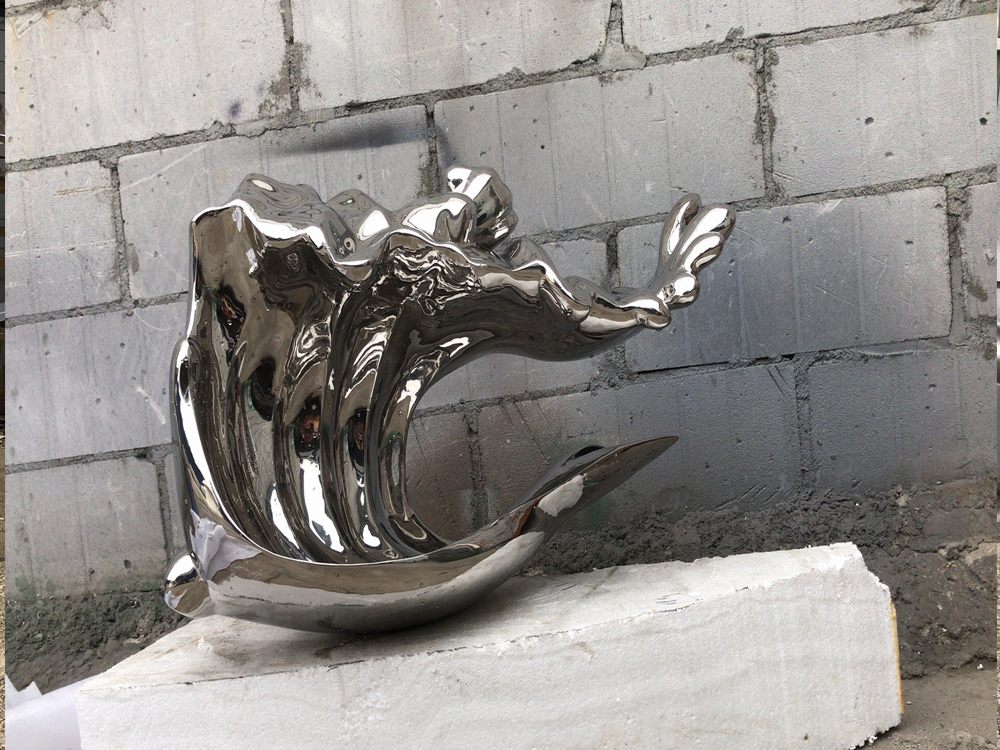
When evaluating the environmental consciousness of bronze sculptures versus recycled or upcycled art, several key factors come into play. Bronze sculptures, while durable and timeless, require significant energy and resources to produce. The mining of copper and tin (bronze’s primary components) and the high-temperature casting process contribute to a substantial carbon footprint.
In contrast, recycled and upcycled art repurposes discarded materials, reducing waste and minimizing the demand for new raw resources. Artists who work with reclaimed wood, metal, or plastic often prioritize sustainability, transforming trash into meaningful creations. This approach not only conserves energy but also raises awareness about consumption and waste.
However, bronze sculptures have longevity on their side. A well-maintained bronze piece can last centuries, reducing the need for replacement. Recycled art, while eco-friendly, may degrade faster depending on the materials used.
Ultimately, the choice between bronze and recycled/upcycled art depends on priorities. If sustainability and waste reduction are paramount, recycled art wins. If durability and timelessness are key, bronze remains a classic—albeit less eco-conscious—option. Both forms contribute uniquely to the art world, but their environmental impacts differ significantly.

